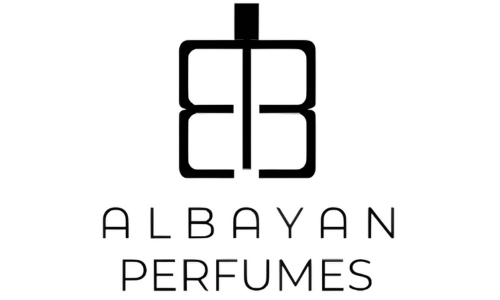Fragrances are more than just scents added to our daily lives; they carry within their molecules stories and history that span across ages. Historical fragrances reflect bygone eras and provide us with a glimpse into the customs and fashions that have shaped the history of perfumes over time. Here’s how ancient scents reflect times gone by:
1. Perfumes in Ancient Times
In ancient civilizations such as the Egyptians, Phoenicians, and Romans, perfumes were considered symbols of luxury and sanctity. They were used in religious rituals and royal ceremonies. The ancient Egyptians used aromatic oils like lavender and myrrh to uplift their spirits and perform religious rites. Scents from that era reflect aspects of daily and cultural life of ancient societies.
2. Perfumes in the Middle Ages
During the Middle Ages, perfumes became part of the refined European culture. At that time, it was believed that perfumes helped protect the body from diseases and increased attractiveness. Scents were created using ingredients like rose, lavender, and musk, and were mainly used by nobles and royalty. These scents reflect the traditions and interests of the high social circles of that period.
3. Perfumes in the Renaissance
The Renaissance period saw a significant development in perfume-making. This era was distinguished by the rediscovery of natural ingredients and experimentation with aromatic blends. There was a great interest in ingredients like luxurious flowers and fresh fruits, which were used to create unique fragrances reflecting refined taste and opulence. Perfumes from this period reflect the advancement in art and technology in the perfume industry.
4. Perfumes in the 19th Century
The 19th century was a golden age for perfumes, as the perfume industry began to take on a more commercial character. Synthetic ingredients were introduced, allowing designers to create new scents that were not previously possible. There was an increased interest in perfumes reflecting luxury and romance, such as floral and oriental notes. These scents reflect the social and cultural prosperity of that era.
5. Perfumes in the Early 20th Century
In the early 20th century, perfumers began to explore the psychological dimensions of fragrances, focusing on how scents affect emotions and mental states. Perfumes like "Chanel No. 5" emerged as symbols of elegance and modernity. These perfumes reflect the significant societal and personal taste changes during the post-World War II period.
6. Perfumes as a Symbol of Cultural Heritage
Some ancient perfumes continue to influence the perfume industry today, being considered symbols of cultural heritage and innovation. Historical fragrances reflect certain traditions and cultures, allowing people to experience scents that were part of their ancestors' history. Perfumes inspired by specific heritage can offer a unique sensory experience that embodies the era in which they originated.
7. How to Use Historical Fragrances Today
Perfume enthusiasts today can use historical fragrances to experience scents that were used in previous times, providing a rich sensory experience that transcends time. These fragrances can also be used as part of cultural and historical experiences, such as recreating old rituals or honoring historical events.
8. Perfumes as Part of Art and Society
Often, perfumes are part of art and cultural communities. Ancient scents can reflect the different time periods and social patterns that have shaped the world of perfumes. By using historical fragrances, individuals can reconnect with cultural heritage and enjoy the history of perfumes.
In conclusion: Perfumes as a Journey Through Time
Historical perfumes offer more than just a sensory experience; they provide a window into bygone eras and help us understand the evolution of culture and society over time. By experiencing ancient scents, we can immerse ourselves in the past and explore how our customs and traditions have evolved through the ages.


